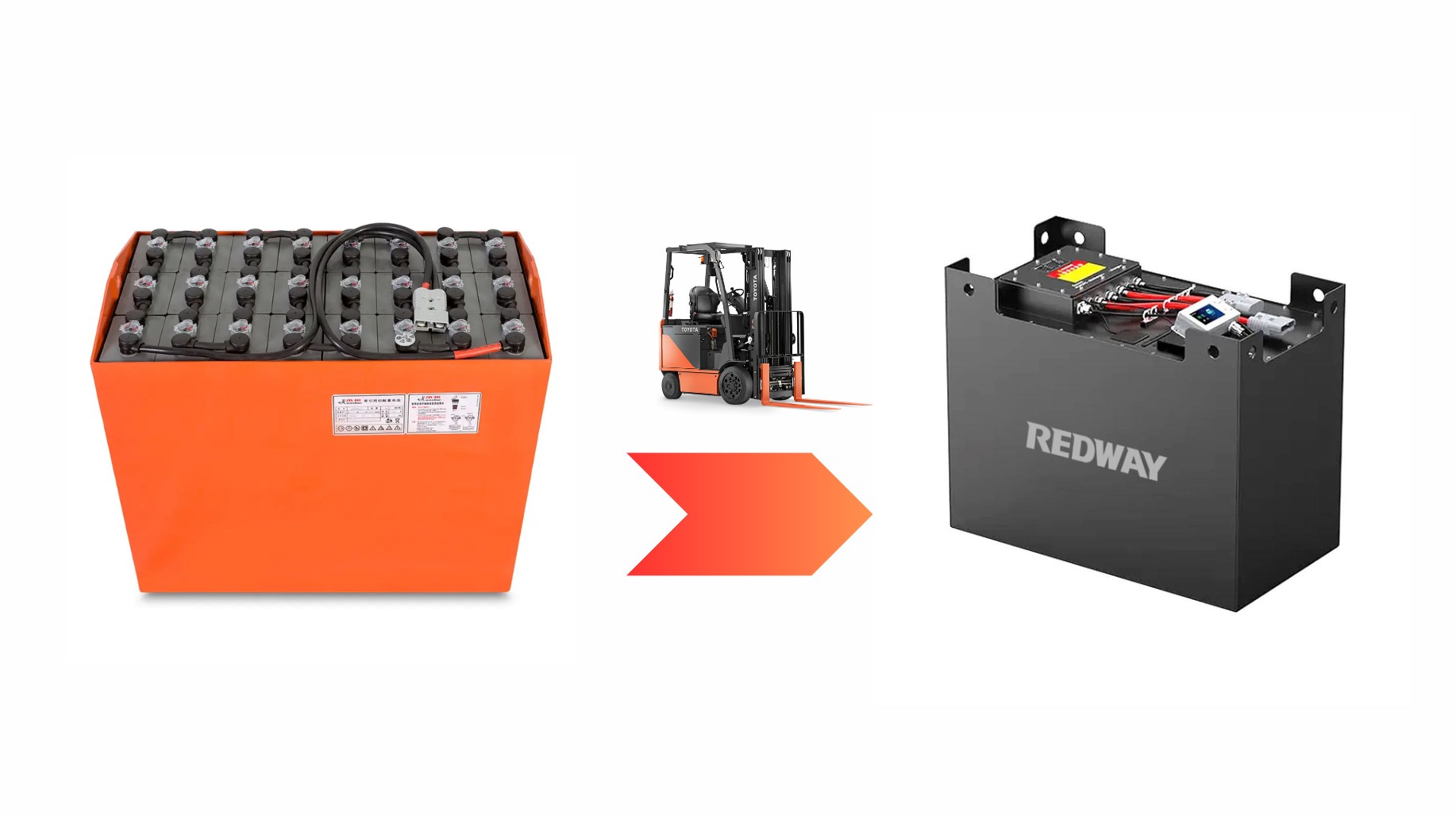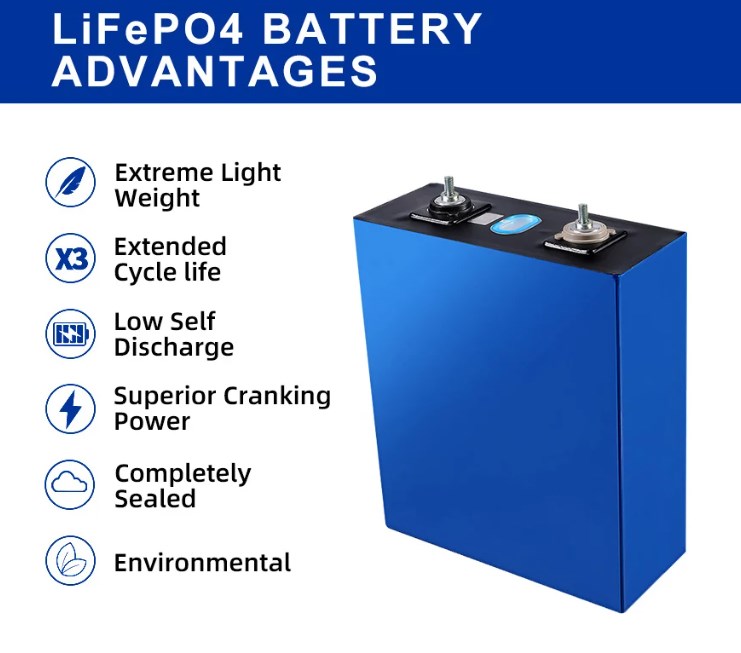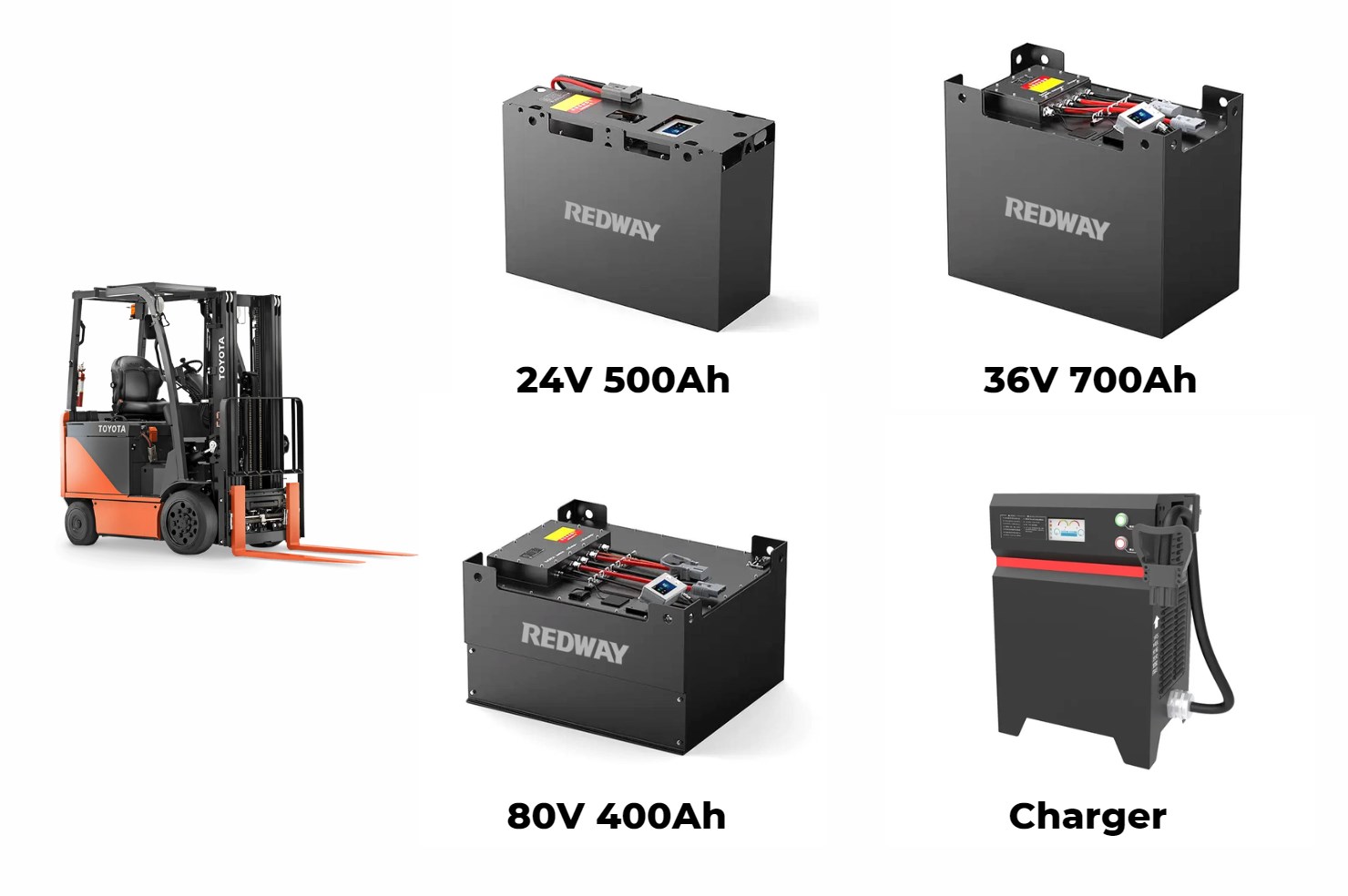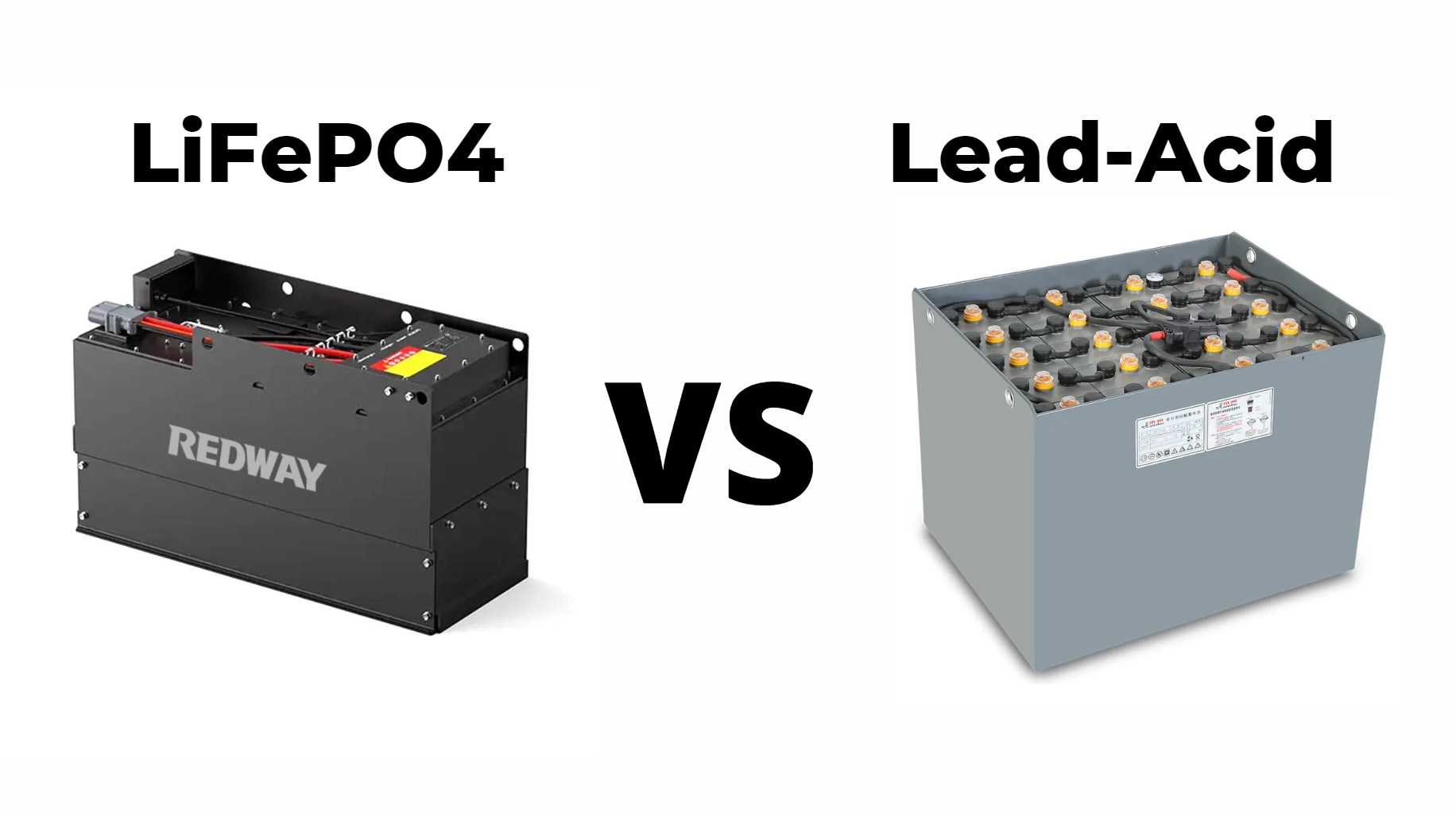Industries Benefiting from LiFePO4 Forklift Batteries
LiFePO4 (Lithium Iron Phosphate) forklift batteries are gaining traction across a variety of industries due to their advanced features and performance benefits compared to traditional lead-acid batteries. The distinct advantages of LiFePO4 batteries—such as longer lifespan, faster charging, and lower maintenance—make them ideal for numerous applications. Here is an in-depth look at the primary industries where LiFePO4 forklift batteries are most commonly used.
Industries such as e-commerce fulfillment centers, food distribution warehouses, and manufacturing facilities benefit significantly from LiFePO4 forklift batteries due to their efficiency, reduced maintenance needs, and ability to operate in cold storage environments.
1. Warehousing and Logistics
In the warehousing and logistics sector, LiFePO4 forklift batteries are revolutionizing operations by powering electric forklifts and pallet jacks. Their high energy density and extended lifespan contribute to reduced downtime and lower maintenance costs. These features are particularly beneficial for environments that demand continuous operation, where minimizing interruptions is critical for maintaining efficiency and productivity.
2. Manufacturing
Manufacturing facilities rely heavily on the efficient movement of materials and products. LiFePO4 forklift batteries enhance productivity in these settings by offering quick charging capabilities, which allows for minimal downtime between shifts. The reduced charging time ensures that forklifts remain operational throughout the workday, optimizing material handling processes and improving overall workflow.
3. Retail
In the retail industry, especially within large distribution centers, LiFePO4 batteries support electric forklifts used for inventory management and product handling. Their low emissions and reduced maintenance needs align with the industry’s focus on efficient and environmentally friendly operations. LiFePO4 batteries help streamline inventory processes while contributing to a cleaner operational environment.
4. Food and Beverage
The food and beverage industry demands strict adherence to cleanliness and safety standards. LiFePO4 forklift batteries are preferred in this sector due to their emission-free operation and minimal maintenance requirements. Their ability to operate without releasing harmful substances makes them suitable for environments where maintaining a hygienic atmosphere is paramount.
5. Pharmaceutical
In pharmaceutical settings, where precision and cleanliness are critical, LiFePO4 batteries offer reliable power for forklifts and automated guided vehicles (AGVs). Their safety features and consistency in performance reduce the risk of contamination and ensure that operations remain efficient and compliant with industry regulations.
6. Recycling and Waste Management
The recycling and waste management industry benefits from LiFePO4 forklift batteries due to their durability and safety features. Electric forklifts powered by these batteries are used to handle heavy loads efficiently in demanding environments. The enhanced safety and long-term reliability of LiFePO4 batteries are crucial for managing the rigorous demands of recycling and waste operations.
7. Construction
On construction sites, LiFePO4 batteries are used to power electric forklifts and other equipment. This transition to electric power helps reduce noise and air pollution, contributing to a cleaner and quieter job site. The use of LiFePO4 batteries aligns with the industry’s increasing focus on sustainable and environmentally friendly practices.
8. Marine Applications
While not directly related to forklifts, LiFePO4 batteries are also utilized in marine applications. Their versatility and reliability make them suitable for various operational settings beyond traditional land-based industries. The adoption of LiFePO4 batteries in marine environments further highlights their adaptability and robust performance.
Conclusion
LiFePO4 forklift batteries are transforming operations across a diverse range of industries. Their superior features, including longer lifespan, faster charging, lower maintenance, and enhanced safety, offer significant advantages over traditional lead-acid batteries. As industries continue to prioritize efficiency, sustainability, and safety, the use of LiFePO4 batteries is expected to expand, supporting a wide array of applications and contributing to improved operational outcomes.
FAQs
What Safety Measures Should Be Taken When Using LiFePO4 Forklift Batteries?
Do LiFePO4 Batteries Require Maintenance?
What is the Typical Cost of a LiFePO4 Forklift Battery?
Comparing Maintenance Costs: LiFePO4 Batteries vs. Lead-Acid Batteries
Exploring Real-World Applications of LiFePO4 Batteries in Forklifts
Industries Benefiting from LiFePO4 Forklift Batteries
What is LiFePO4 Technology?
The Evolving Market for Forklift Batteries
What Are the Latest Advancements in LiFePO4 Battery Technology?
How Does Fast Charging Impact Battery Life?
Types of Chargers for LiFePO4 Forklift Batteries
Common Voltage and Capacity Options for LiFePO4 Forklift Batteries
Comparing LiFePO4 and Lead-Acid Batteries: A Comprehensive Analysis






